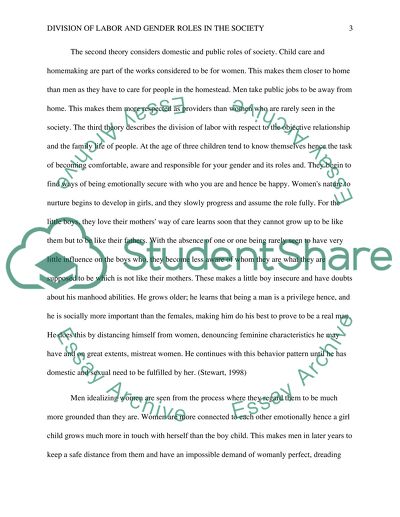Cite this document
(“Division of Labor and Gender Roles in the Society Essay”, n.d.)
Retrieved from https://studentshare.org/social-science/1701926-division-of-labor-and-gender-roles-in-the-society
Retrieved from https://studentshare.org/social-science/1701926-division-of-labor-and-gender-roles-in-the-society
(Division of Labor and Gender Roles in the Society Essay)
https://studentshare.org/social-science/1701926-division-of-labor-and-gender-roles-in-the-society.
https://studentshare.org/social-science/1701926-division-of-labor-and-gender-roles-in-the-society.
“Division of Labor and Gender Roles in the Society Essay”, n.d. https://studentshare.org/social-science/1701926-division-of-labor-and-gender-roles-in-the-society.


